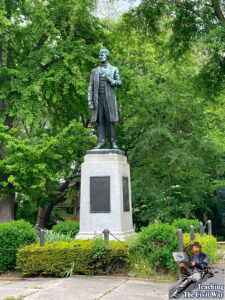
History of Camp Curtin
Camp Curtin was established in April 1861, shortly after the outbreak of the Civil War. Governor Andrew Gregg Curtin, who had taken office only a few months earlier, recognized the need for a central training and supply depot for Pennsylvania’s volunteers. The site he chose was a 66-acre fairground located just north of the city of Harrisburg. The location was ideal, as it was close to major transportation routes, including the Pennsylvania Canal and the Pennsylvania Railroad. The camp was named in honor of Governor Curtin, who played a crucial role in organizing and supplying troops for the Union war effort. The camp was designed to accommodate up to 20,000 soldiers at a time, with barracks, mess halls, and training facilities. Within weeks of its establishment, Camp Curtin became a bustling center of activity, as soldiers from throughout Pennsylvania and other states arrived to begin their training and preparations for war.
The Harrisburg Patriot & Union newspaper in May 1865 printed the following, “Camp Curtin was the grand center of attraction for Pennsylvania’s soldiers. It was the place where all soldiers went to begin their career, and the place where they returned to be mustered out.” Author r. Harold Aurand writes in his book “Camp Curtin: Harrisburg’s Civil War Training Camp” that “Camp Curtin was the center of gravity for the Civil War in Pennsylvania, attracting tens of thousands of soldiers and serving as a critical hub for military activity and supplies.”
 Conditions and Training at Camp Curtin
Conditions and Training at Camp Curtin
Conditions at Camp Curtin were challenging, particularly in the early months of the war when the camp was still being constructed. Soldiers were housed in temporary tents and wooden shanties that provided little protection from the elements. Sanitation was also a major issue, and outbreaks of diseases such as typhoid and dysentery were common. As the war continued, the facilities at the camp were gradually improved, with the construction of more permanent barracks and improved sanitation measures.
Training at Camp Curtin was rigorous and demanding. Soldiers were taught the basics of military discipline, including drill and ceremony, marksmanship, and bayonet fighting. They also received instruction in tactics and strategy, learning how to work together as a unit and how to adapt to changing battlefield conditions. The training was often conducted in harsh weather conditions and with limited resources, reflecting the realities of the war that awaited them. Despite these challenges, many soldiers who trained at Camp Curtin went on to serve with distinction on the battlefield, demonstrating the effectiveness of their training and preparation.
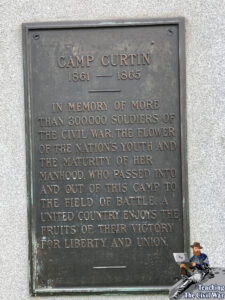
Former Pennsylvania Governor and Civil War veteran General John F. Hartranft wrote that “The soldiers who trained at Camp Curtin were the backbone of the Union army, playing a vital role in the eventual defeat of the Confederacy. They were brave, dedicated, and determined to uphold the principles of freedom and democracy that our nation was founded upon.”
As the war dragged on, Camp Curtin continued to play a vital role in supplying troops and supporting the Union war effort. However, the conditions at the camp remained challenging, and many soldiers struggled with illness, injury, and homesickness. Despite these challenges, the soldiers who passed through Camp Curtin remained committed to the Union cause.
Significance of Camp Curtin
Camp Curtin played a significant role in the Civil War, serving as a vital hub for military activity and training. The camp’s strategic location in Harrisburg allowed it to serve as a central point for troops moving to and from the front lines, and it was a crucial supply depot for food, ammunition, and other essentials. Camp Curtin also served as a recruitment center, drawing in new soldiers from Pennsylvania and other neighboring states.
Soldiers and historians alike recognized the importance of Camp Curtin during the Civil War. According to historian William T. Venner, “No one can fully appreciate the Civil War without understanding the significance of Camp Curtin.” Similarly, Colonel John H. Taggart, a Civil War veteran, noted, “From the time the first regiments were mustered into service, until the last of them was discharged, the name of Camp Curtin was a household word, not only in Pennsylvania but in every part of the loyal North.”
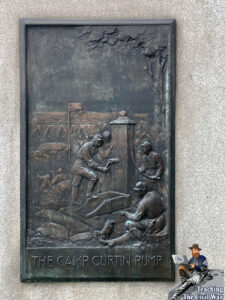
However, the presence of so many soldiers also created social and economic tensions within the city. The sudden influx of soldiers strained local resources and infrastructure, leading to shortages of food, housing, and other essential supplies. Some locals also resented the presence of soldiers, who were seen as rowdy and disruptive. In response, local authorities implemented strict regulations on the behavior of soldiers, including a curfew and restrictions on alcohol consumption.
Despite these tensions, many residents of Harrisburg and Pennsylvania were proud of their role in supporting the Union war effort. In fact, Governor Curtin himself visited Camp Curtin frequently, delivering speeches and rallying the troops. His presence and support helped to boost morale among soldiers and civilians alike, and he became a beloved figure in Harrisburg and throughout the state.
Camp Curtin Today
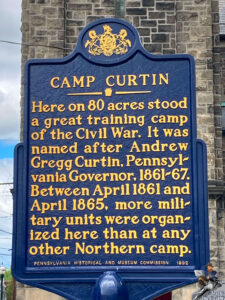
In the end, Camp Curtin played a critical role in the Civil War as a training and supply center for Union soldiers. Its strategic location and extensive facilities made it a crucial hub for military activity, and its legacy lives on as a testament to the sacrifices and contributions of the soldiers who trained and served there. Despite the challenges and hardships faced by soldiers and civilians alike, the legacy of Camp Curtin remains an important part of Pennsylvania and American history.

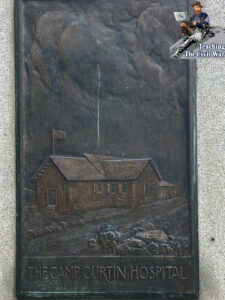
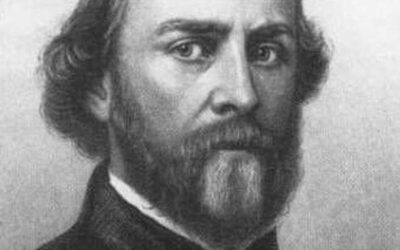
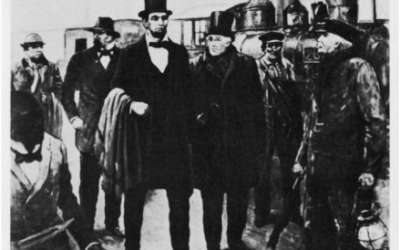
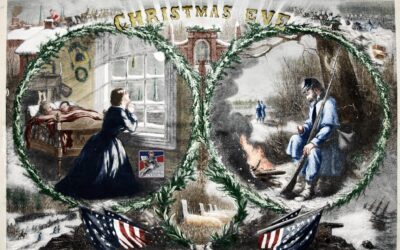
0 Comments